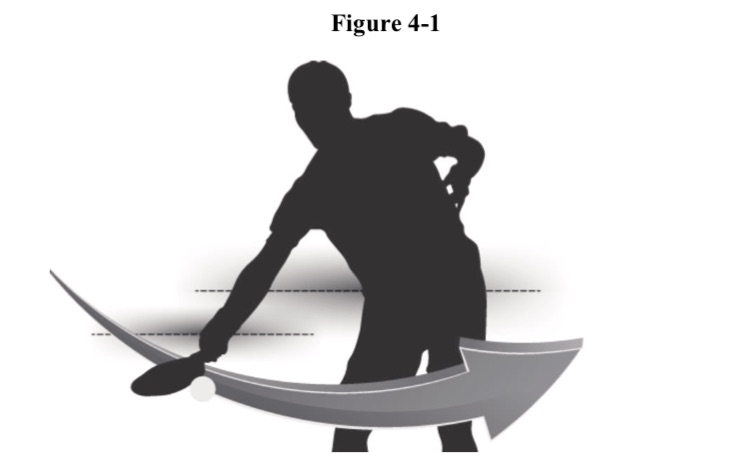A number of players…
#1 – have questionable serves.
The Serve
- The serve must be made underhand.
- Paddle contact with the ball must be below the server’s waist (navel level).
- The serve is initiated with at least one foot behind the baseline; neither foot may contact the baseline or court until after the ball is struck.
- The serve is made diagonally crosscourt and must land within the confines of the opposite diagonal court.
- Only one serve attempt is allowed, except in the event of a let (the ball touches the net on the serve and lands on the proper service court; let serves are replayed).
NOTE – The server’s swing must be in an upward arc as shown in the drawing below (p. 18 – USAPA & IFP Official Tournament Rulebook)

Pickleball 101: The Basics of a Pickleball Serve
Additional information:
The Ultimate Guide To Serving In Pickleball
#2 – take step forward after serving and sometimes they are caught moving backwards trying to hit the return of serve. It is more difficult to hit the ball forward while you are moving backward. Taking a step backward while hitting the ball will result only in an arm shot which is difficult to hit precisely and usually will not have much power. Stay back waiting for the return of serve, but be ready to move forward if the return is short!
#3– are facing the net, i.e. parallel when hitting a groundstroke even if they have time to set up. This is known as an open stance; not generally good for a ground stroke. A groundstroke, either forehand or backhand, has more power when you can set up with your shoulder perpendicular to the net.
#4– when not receiving the serve, partners are waiting near the kitchen line and they do not watch the ball as it is served to the receiver. I have noticed some facing completely forward without ever turning around, but just waiting to see the ball hit the opponent’s side of the court. The non-receiving partner should watch the ball as it is served to the receiver.
a – The ball may be out and the receiver may not have called it. You then call it.
b – If the receiver hits a bad shot, you have time to react if you are watching the ball. If it is a pop-up and it will be coming back hard, take a few steps back to gain more time to respond.
c- Watching the receiver hit the ball may enable the non-receiving partner to determine where the ball is headed and prepare for the return by facing in that direction with the paddle up.
I hope beginning pickleballers and perhaps others find some of these observations and associated links helpful.
Have fun on the courts!
More Pickleball Videos and Information
To See additional Pickleball Videos & Information Click Here (primarily for beginners and less experienced players)
Check out Additional Pickleball Information and Videos! (for all players including average to more experienced players)
**********
All original content on this blog is copyrighted by Jeffrey B. Ross with ALL Rights Reserved. While reference links back to JBRish.com are appreciated and encouraged, please acquire approval for any reproduction of original content from this website.
©Jeffrey B. Ross 2014 – 2018 – JBRish.com